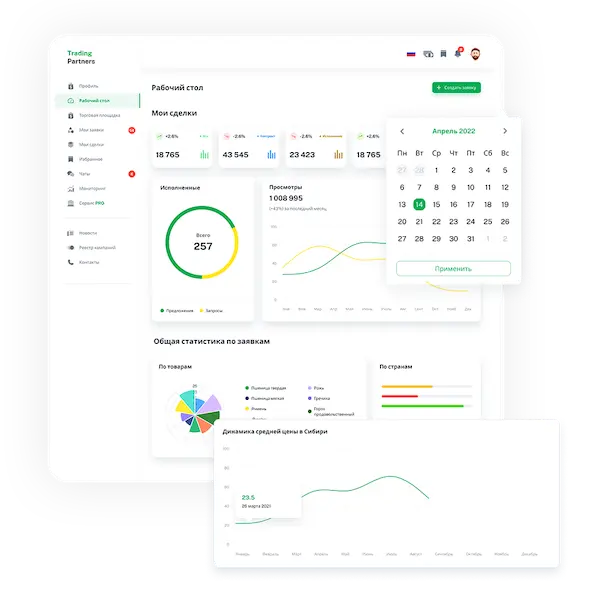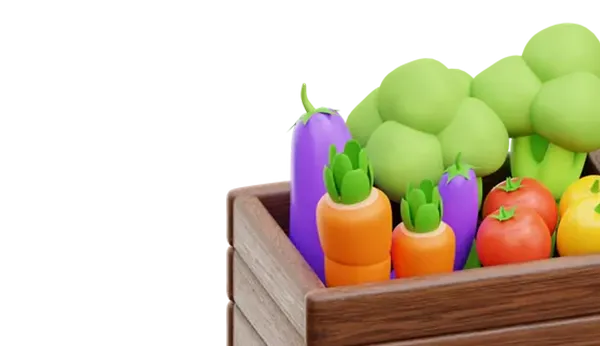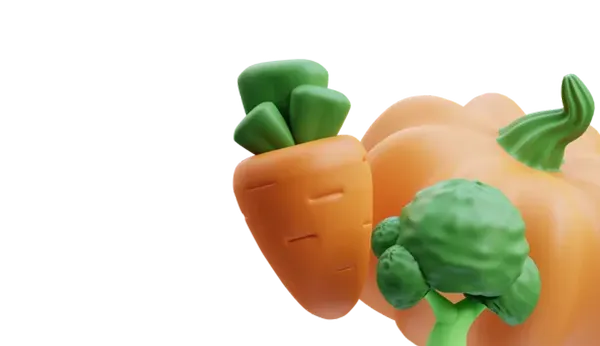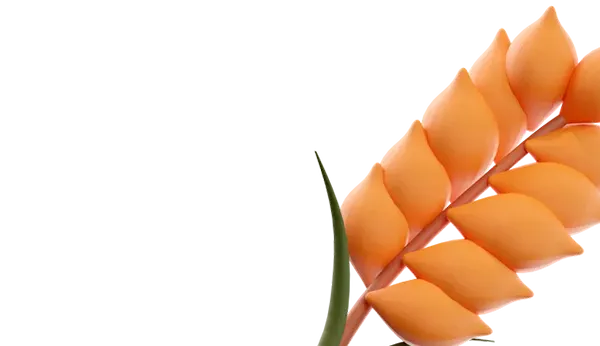Leek (Allium ampeloprasum porrum) is a relative of the common onion with a milder and more herbaceous taste that becomes sweet when cooked. Leeks typically do not form bulbs.
The edible part of the plant is the lower cylindrical stem, 15-20 cm long, white and tender. In culinary, leeks are used as a flavorful seasoning for soups, meat dishes, and casseroles. Its delicate taste and aroma make it a versatile ingredient that pairs well with other foods. Additionally, leeks can be frozen to preserve their beneficial properties for a long time.
Since ancient times, leeks have been known for their health benefits. Archaeological findings and wall paintings from Ancient Egypt indicate that leeks were consumed by Egyptians at least two millennia BC.
Modern research confirms that leeks are rich in vitamins A and K, as well as a good source of vitamin B6, folic acid, iron, calcium, and manganese. Due to their high fiber content, leeks are a low-calorie food and have a gentle diuretic effect. There is even a leek-based diet aimed at weight loss and maintaining cardiovascular health.
Fortunately, leeks can be successfully grown not only in hot countries but also in Russia. They are quite frost-resistant, with varieties having a long vegetative period of 120-150 days and early varieties of around 90 days.
In Russia, leek varieties such as "Vesta" (120-135 days), "Goliath" (130 days), and "Elephant trunk" with a very thick, albeit short edible part (160 days) are known. For southern regions, the ultra-early "King Richard" is suitable, which has small and tender stems (75 days).
Unlike common onions, leeks do not wither to signal harvest readiness. Plants are ready for harvest when the base has at least a 7-centimeter white and firm section.
Leek plants are usually considered annual in gardening, growing in the first year to become useful and productive vegetables, and producing seeds in the second year before dying. Therefore, many people buy seeds every year and reproduce the cultivation cycle through seedlings.
However, there is another method, but you will have to make the plants clone themselves.
Let a few of the strongest plants overwinter in the garden, well protected from frost. In the second year, when they are ready for seeding, remove the seed head from the stem. If you have extensive leek beds, try to pick the flowers every time you pass by them.
Thus, the plants will continue to attempt to flower, and you will inhibit this process.
After several unsuccessful attempts, leeks will succumb to your persistence and begin to grow new shoots from the underground base. Precise clones will appear around the parent plant.
In this way, even your F1 hybrid leeks will reproduce and copy their parents. These shoots will also try to flower at the end of the first season, but you will halt this process until you organize an "underground" conveyor.
Each new shoot can be individually transplanted to a sunny spot with fertile soil at a distance of 7-10 cm, as the flat leaves do not require extensive leek spacing.
Thus, an unlimited supply of leeks can be obtained for many years, and the only thing you need to do is remove the flower heads as you pass by and earth up the edible white part.
However, when earthing up, soil can get between the leaves. To protect leeks from dirt, you can use a cardboard tube from paper towels or toilet paper on young plants. The tube will help prevent sand and dirt from getting in and will decompose over time.
In the parent leek that has tried to flower, a less useful woody central stem develops, but the outer leaves are still suitable for cooking.
Three tips for growing leeks. During rainy weather, leeks may develop rust, appearing as orange spots on the leaves. Remove the affected parts, and new shoots will be healthy.
Leeks have small roots, so be careful when weeding and remember to use mulch. Mulching helps keep the soil cool, prevent drying out, and inhibit weed growth.
Due to the long growing season, leeks benefit from spraying with liquid fertilizer high in nitrogen or top-dressing with well-fermented manure in the middle of the season.

 Trading platform
Trading platform 
 Monitoring
Monitoring  Express applications
Express applications 
 Fork Work
Fork Work 
 Service
Service  News
News  Directory
Directory 













